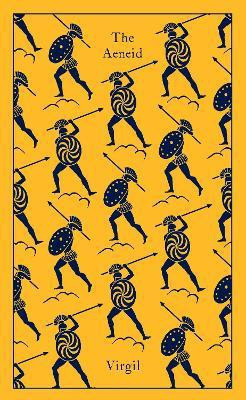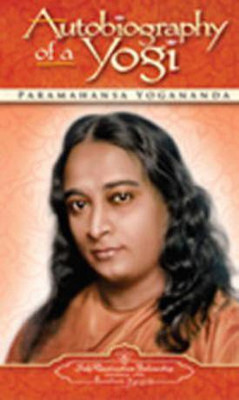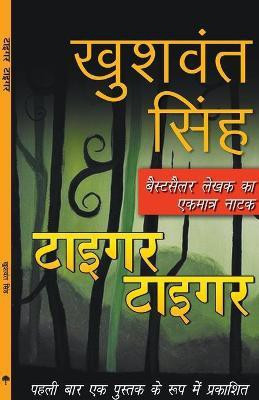
Siddharta in Gujarati (Gujarati, Paperback, Hais Harman)
Share
Siddharta in Gujarati (Gujarati, Paperback, Hais Harman)
Be the first to Review this product
₹148
₹150
1% off
Available offers
T&C
T&C
Delivery
Check
Enter pincode
Delivery by29 Jun, Sunday|₹65
?
View Details
Highlights
- Language: Gujarati
- Binding: Paperback
- Publisher: Diamond Books
- Genre: Fiction
- ISBN: 9789355991843, 93-5599-184-3
- Edition: 1st, 2022
- Pages: 138
Services
- Cash on Delivery available?
Seller
Description
Hermann Hesse, the author, has narrated a lot about Siddartha and his spiritual journey. A lot has been discussed about Siddhartha.He is loved by everyone. He is a source of joy for everybody, but he, Siddhartha, is not a source of joy for himself, he finds no delight in himself. Siddhartha has started to nurse discontent in himself, he has started to feel that the love of his father and his mother, and love of his friend, will not bring him joy forever and ever, will not nurse him, d him, satisfy him. Siddhartha has many queries in his mind like as, Do the sacrifices give a happy fortune?, What about the Gods?, Was it really Prajapati who had created the world? Was it not the Atman, the singular one? Siddharatha meets his father and says, With your permission, my father, I have come to tell you that it is my longing to leave your house tomorrow and go to ascetics. My desire is to become a Samara. His father says-You will go into the go forest and be a Samara , when you will find blissfulness in the forest, come back and teach me to be blissful. This is just an excerpt, the whole book consists of spiritualistic way of narration, thus becomes interesting one. Once you start reading cant resist to leave the book in the mid.
Read More
Specifications
Book Details
| Imprint |
|
| Publication Year |
|
Contributors
| Author Info |
|
Additional Features
| Age Group |
|
Dimensions
| Width |
|
| Height |
|
| Length |
|
| Depth |
|
| Weight |
|
Be the first to ask about this product
Safe and Secure Payments.Easy returns.100% Authentic products.
Back to top








